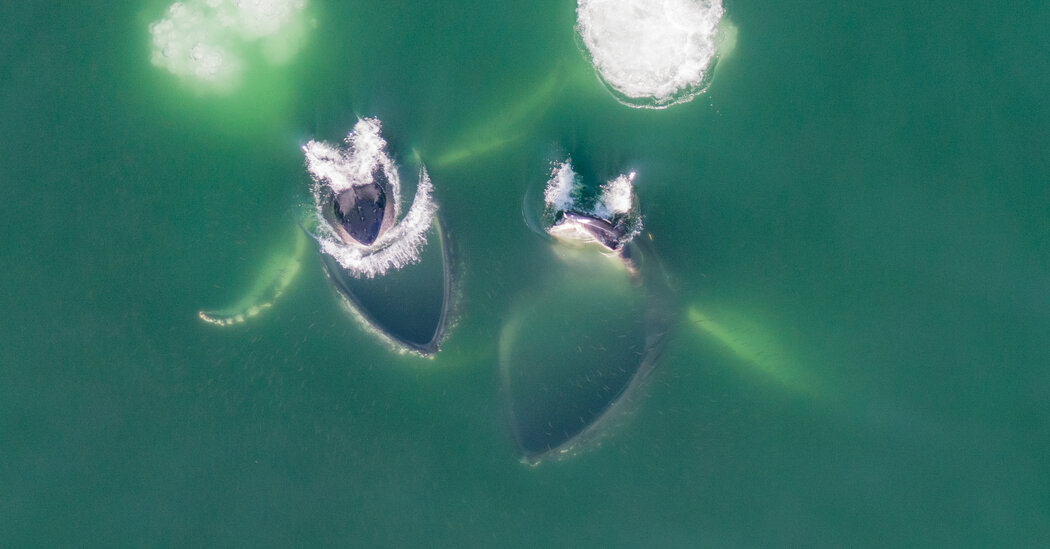Sutton Lynch rises most days before the sun, arriving at Atlantic Beach in Amagansett, N.Y., for the early-morning calm. It’s the same beach he’s been going to since he was a child, and where he worked as a lifeguard for years as a teenager. Now 23, he spends his mornings surveying the horizon. When he spots activity on the water’s surface, he sends out his drone.
Mr. Lynch has earned a devoted following on Instagram for his remarkable footage of marine life off the coast of the East End of Long Island. Alongside images and videos of humpbacks, hammerheads, dolphins, bluefish and many other species, he writes captions that range from childhood memories and research on the effects of fishing policy to explanations of animal behavior. Across the board, his work exudes a reverence for the ocean and the creatures that call it home.
Mr. Lynch’s followers often express surprise that this abundance of species exists just out of sight. The truth is, the resurgence is fairly new. And so the photographer is documenting a dramatic turning point in the East End’s environmental and cultural history — a renewal of sea life after decades of depletion.
As recently as 10 years ago, a whale or dolphin sighting was an uncommon occurrence on the East End. The overfishing of Atlantic menhaden — a keystone species that is essential to a healthy ecosystem — led to a huge drop in marine life off the coast of Long Island in the latter part of the 20th century. (Bony and oily, menhaden are harvested for their nutrient-rich oil and are rarely eaten by humans; they feed on plankton and algae and serve as prey to dozens of larger animals.)
In 2012, in response to menhaden’s numbers having fallen about 90 percent in three decades, the Atlantic States Marine Fisheries Commission enacted the first coastwide catch limits on the fish. Populations soon rebounded, improving water quality and bringing more whales, sharks, rays, seals, dolphins and other animals closer to the beach than they’ve been since the middle of the last century.
“It’s very rare that you have a conservation gain that is so visible in such a short time,” said John Gans, a northeast field representative for the Theodore Roosevelt Conservation Partnership. “And it’s 100 percent attributed to the 2012 catch limits put in place on menhaden.”
The return of larger animals that feed on menhaden coincided with Mr. Lynch’s coming-of-age as a photographer. He got his first drone at 17 and began…
Click Here to Read the Full Original Article at NYT > Travel…
